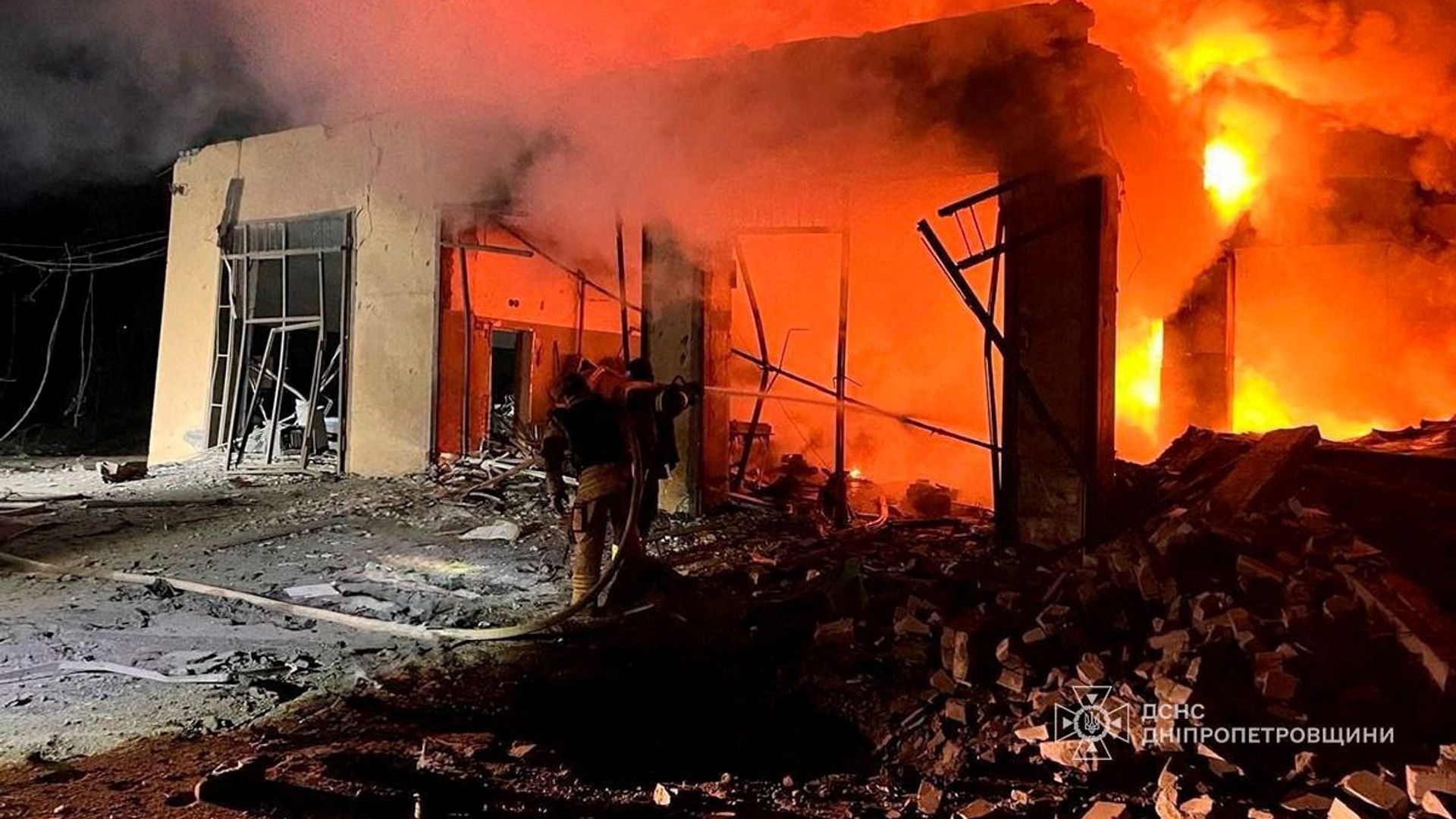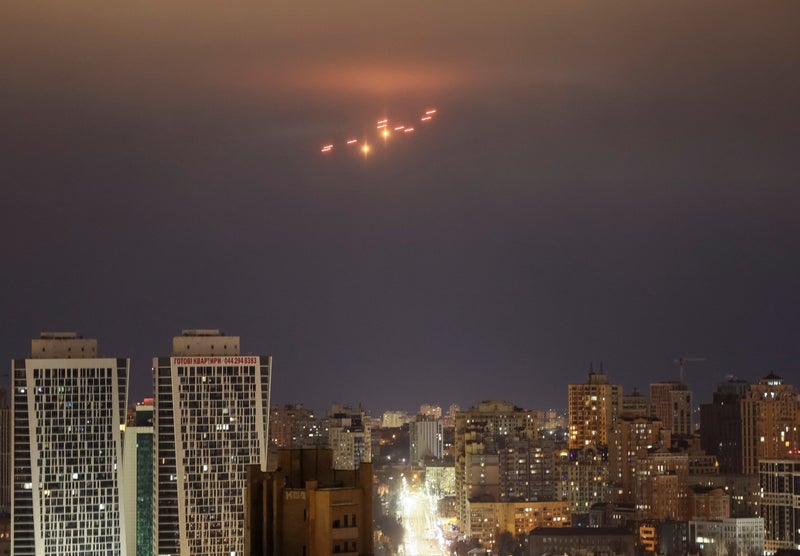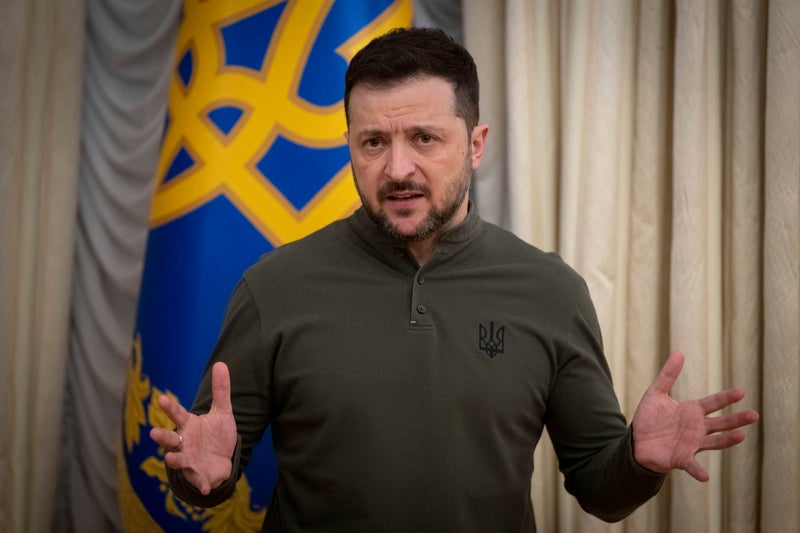Ukraine has ramped up long-range drone strikes into Russia, targeting oil facilities that fuel warplanes, ships and military vehicles as well as oil refineries that help power the economy. An increase in the intensity of the attacks appears to have started in December, continued through the whole of January and is still being maintained into February, according to analysis of drone strikes confirmed by the Ukrainian armed forces and security services.
Other attacks have also been reported but not officially acknowledged by Kyiv. A Ukrainian intelligence source said Ukraine has "significantly increased" the production of drones to attack Russia as well as improving their accuracy and range. "This increase will continue," they said. War latest: Trump says Ukraine 'may be Russian someday'. Preventing Russian oil from powering Vladimir Putin's war machine was an important goal, according to the source, who asked to speak anonymously for security reasons.
"If this oil has not reached the combat zone, it is definitely a successful operation, and we will continue to strike," the source said. A Western security source said that the strikes were also aimed at reducing Russia's ability to export oil, amplifying the impact of Western sanctions against Russian energy and increasing the cost for the Russian president of conducting his war against Ukraine. Asked about the drone strikes, Andriy Yermak, the head of Volodymyr Zelenskyy's presidential office, told Sky News: "The only way to force Russia into peace is through strength. And that is crucial for the safety of people everywhere.
"For this reason, Ukraine will continue increasing strikes on Russian military targets - warehouses, factories, and airfields.". Tracking the tempo of drone strikes. Sky News' Data and Forensic Unit tracked the tempo of Ukrainian drone strikes against Russian oil depots and other facilities linked to oil production over the past three months. The analysis shows a clear rise in the number of strikes and an apparent increase in Ukraine's drone capability, with unmanned aircraft - operated by a combination of specialist units - hitting targets hundreds of miles into Russian territory in defiance of air defences.
Images released by the Ukrainian General Staff to accompany various announcements purport to show fires blazing into the night sky in the wake of the different strikes. In November, the Ukrainian armed forces publicly claimed to have carried out just two attacks linked to oil sites and two more against military targets, all inside Russia. The following month, that number rose to four confirmed drone operations against oil-related targets and a fifth against a military facility.
In January, however, the Ukrainian military publicly claimed responsibility for 13 strikes against oil-linked facilities across Russia and another attack against a microelectronics plant. There have already been another four strikes on Russian oil facilities so far this month - including an oil depot in Krasnodar Krai seen on fire last week. Three of January's oil targets were each hit twice - seemingly a tactic to inflict greater damage.
Ryazan attack. One of the most significant double attacks was against an oil refinery in the central Russian region of Ryazan - more than 300 miles from the Ukrainian border. It is one of the four largest refineries in Russia and produces fuel for military equipment, including jet fuel, diesel fuel and other petroleum products for tanks, aircraft, and ships. Ukraine said its drones struck the site on the night of 24 January and again overnight on 25 January. The video below shows the plant on fire after the first attack.
"Combat work on… important objects involved in securing the army of Russian aggressors will continue," the Ukrainian military said in a Facebook post at the time. The attacks reportedly forced the refinery - which accounts for about 5% of Russia's total refining output - to suspend operations. Kristall attack. Another target deemed important enough to strike twice was the Kristall oil depot. It provides fuel to the airbase where Russia's strategic bomber fleet is located in the city of Engels, almost 400 miles from the Ukrainian border.
Ukrainian drones first struck the site on 8 January, triggering a fire that burnt for five days - at which point the depot was hit again. Satellite imagery from before and after the operations reveal what appears to be damage to a number of white storage tanks, with some quite heavily impacted and others partially burnt. Damage against oil facilities creates "serious logistical problems for Russian occupiers' strategic aviation and significantly reduces their ability to strike peaceful Ukrainian cities and civilian objects", Ukraine's military said in a Facebook post.
Liskinska attack. The third double strike in January occurred against the Liskinska oil depot in the Voronezh region of western Russia, which the Ukrainian military said is also used to provide fuel for Russian military operations. The first attack happened overnight on 16 January. "A large-scale fire broke out at the facility. It is known that the oil base stored fuel, which, in particular, was used to provide the needs of the Russian occupation army," Ukraine's military said in another Facebook post.




























.png?auto=webp&width=800)


